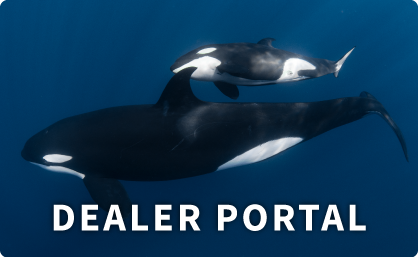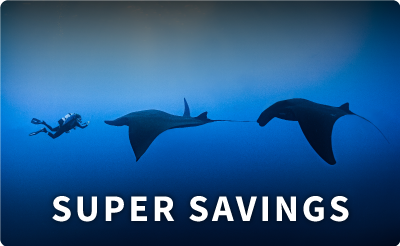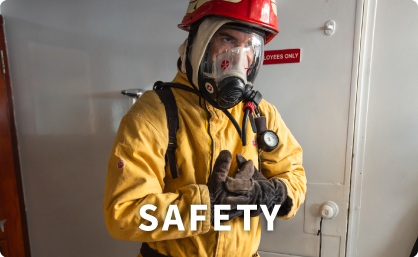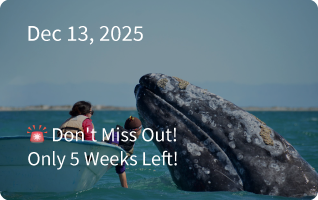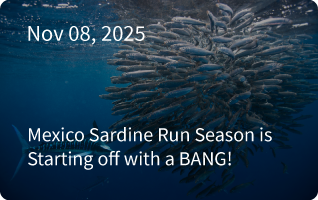Location: Inian Island, Icy Strait, southeast Alaska
Comments: The pleasure and “wow factor” of diving with stellar sea lions is not well appreciated outside of the small number of coldwater scuba divers who have seen these amazing animals up close. These are not the playful California sea lions that most divers are used to. A large male stellar can grow to 1400 lbs while a really big bull can exceed 2000 lbs and 11 feet in length. They are big guys and even small stellars don’t hesitate to come in close and check scuba divers out. That being said, stellar sea lions are amazingly graceful and beautiful in the water and being joined by a group of stellars during a dive is among the highlights of a trip for our guests. The photographic opportunities for underwater photographers are amazing.
There are a lot of sea lions around Inian Island and while we are used to having them interact with divers, the interaction has been different this year ie. more animals, groups of sea lions visiting divers are larger, the sea lions are coming in closer than before and there is a lot more mouthing behaviour going on than usual. I wasn’t sure what was going on and mentioned our observations to the “mayor” of Elfin Cove, a small fishing village close by Inian Island. He said “yup,” young male stellar sea lions from the Aleutian Islands migrated down to southeast Alaska over the winter and are shaking things up. Interesting stuff.
FYI, stellar sea lions are divided into two stocks for management purposes (my thanks to Peter Horworth of Santa Barbara for this information) – the western stock which ranges from east of Cape Suckling, Alaska (144° west) throughout the Aleutians and the eastern stock which ranges from Cape Suckling into southeast Alaska and down to California. The western stock is considered endangered under the US Endangered Species Act and the population is a fraction of it’s former numbers. The eastern stock is listed as threatened. It is very interesting if the endangered stock are mixing with the threatened stock – especially if our scuba divers are right on the front line. We are trying to get more information on this from some marine biologists. Stay tuned!
–Captain Mike
Weather: Overcast, rain showers heavy at times, light winds, low west swell, air temperature low 50’s.
Water: Water temperature 43 – 46°F (depends on whose computer you believe), visibility generally 20 – 25 feet.

